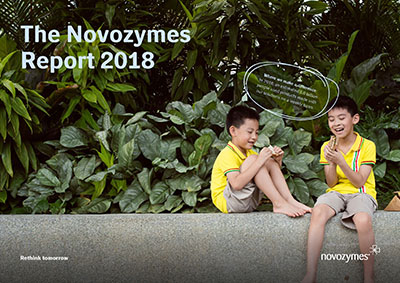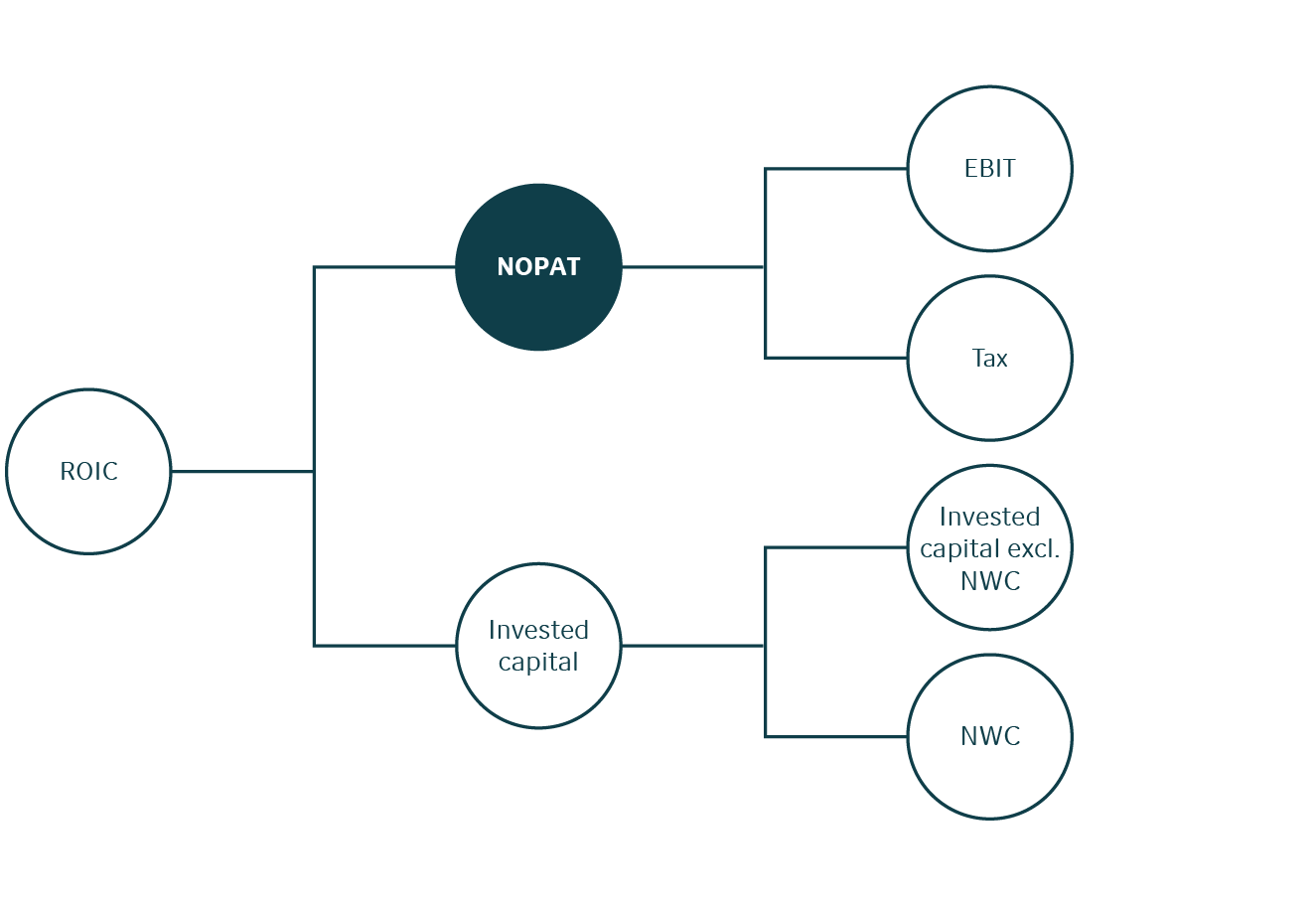ACCOUNTING POLICIES
Novozymes produces a wide range of industrial enzymes and microorganisms. Revenue includes sales of goods and related services and royalties, and is recognized at an amount that reflects the consideration to which Novozymes expects to be entitled. Revenue from straightforward sale of goods to customers is recognized when control of the goods is transferred to the customer, i.e. when goods are delivered. Variable considerations are included in revenue to the extent that they are not subject to significant uncertainty.
The performance obligations in the contracts are to deliver enzymes and microorganisms to the customers, and each batch delivered is considered a separate performance obligation, as each batch is distinct.
Discounts
Enzymes and microorganisms are sometimes sold with a rebate. A rebate agreement can be set up in various ways, but common to all agreements is that revenue is recognized based on the price specified in the contract, net of the estimated rebate. The rebates are estimated based on experience, as well as information related to expected orders 3-12 months in advance. The estimated rebates are reassessed at the end of each reporting period.
Returns
A few of Novozymes' partnerships and collaborations are granted a right of return. No revenue is recognized for the goods expected to be returned, but a refund liability is recognized. Estimates of the expected level of returns are based on an analysis of historical returns and knowledge of the relevant markets/products. These estimates are updated at the end of each reporting period. As the goods returned are usually scrapped, no inventory asset is recognized.
Profit split
Novozymes has entered into partnerships where Novozymes manufactures and sells products to a partner, who undertakes the sales to end customers. The profit on products sold to end customers is shared between the partner and Novozymes based on predetermined profit-sharing mechanisms.
Revenue from these arrangements consists of sales of products to the partner and the shared profit, and is recognized in full when the goods are delivered to the other contracting party. This is done by calculating the expected profit based on insights, experience and other input factors. The calculated profit is recognized as a contract asset or contract liability until an invoice is issued. The realized profit is settled periodically.
Commission
Novozymes has entered into commission agreements where agents undertake sales to third parties in return for commission on realized sales. Revenue from such agreements is recognized when the goods are delivered, as the nature of the performance obligation is to provide the specified goods.
Other
Revenue collected on behalf of third parties is not recognized as revenue.
Novozymes' obligation to provide a refund for products that are not of the agreed quality or according to agreed specifications under the standard warranty terms is recognized as contract liabilities. Reference is made to Note 4.4.
A trade receivable is recognized when the customer obtains control of the goods and an invoice is issued, as this is the point in time when the consideration is unconditional and only the passage of time is required before the payment is due. Typical payment terms are around 60 days.
Contract liabilities consist of advance payments, deferred revenue and liabilities for refund goods. The contract liabilities are recognized as revenue as the performance obligations under the contracts are fulfilled.





